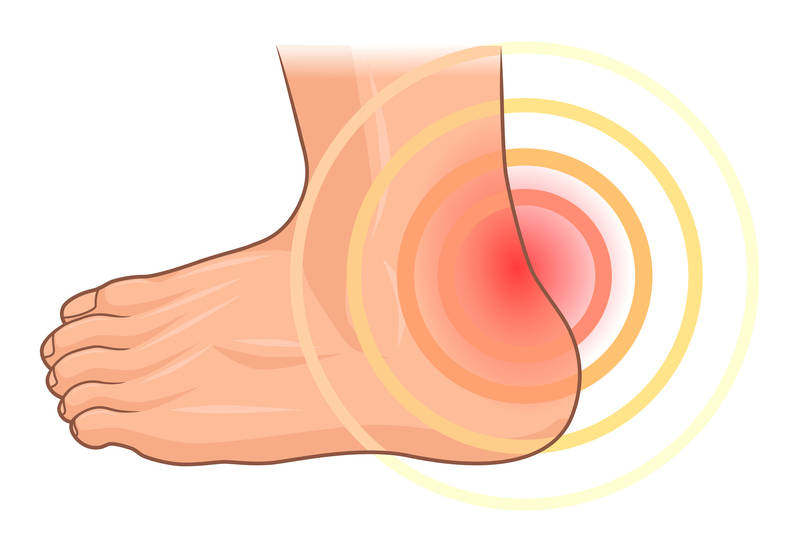Sever’s Disease
To understand why Sever’s disease occurs, you need to understand how bones grow.
Bone Growth
When babies are born many of their bones are mostly made of a soft, flexible substance called cartilage. This is the same substance that makes up your ears and your nose. Both babies and children’s bones need to continually grow and remodel themselves to grow along with the rest of their body.
Children’s bones grow from a more vulnerable part of the bone called the growth plate. Cartilaginous growth plates are usually situated at either end of the bone. The growth plates create more cartilage to grow the bone. Over time the cartilage slowly gets remodeled into hard bone with the help of calcium. This process is called ossification.
When children finish growing the growth plate also becomes solid bone. However the method of creating solid bone takes time. The ossification process is usually complete by your mid twenties.
What is Sever’s Disease?
Sever’s disease is an overuse syndrome often also referred to as calcaneal apophysitis. Pain is felt at the back of the heel. Sever’s is commonly seen in active children who compete in sports that involve running and jumping. It is caused by repetitive microtrauma from the traction of the Achilles tendon on an ossification center that can cause calcaneal apophysis damage.
Diagnosis of Sever’s Disease
Sever’s can be diagnosed by an assessment completed by a physiotherapist.
Prevention of Sever’s Disease
The best type of prevention for Sever’s Disease is load management combined with a strength and condition program.
For load management it is important not to overload an athlete especially one that is still growing. Ensuring that there isn’t a sharp increase in the volume or intensity of their training and ensuring that not all of their training isn’t at a high intensity.
It is also important to have at least one rest day. A rest day is exactly how it sounds, it’s a day off from training and all exercise in general.
Strength and conditioning programs should include lower limb and core strengthening. It should also include a regular stretching and releasing program to help the athletes body recovery from their training sessions.
Here at Innovations Physio & Pilates our physiotherapists are specifically trained to help manage your loading woes.
Management of Sever’s Disease
Innovations Physio & Pilates advises not to stretch initially (in the acute phase) as Sever’s specifically involves the Achilles tendon insertion to the bone. We find that this just irritates the already angry tendon attachment to the bone.
Instead, to ease the pain,
- Consider activity modification: activities that are causing pain should be reduced or stopped. Generally, you need to reduce the volume of the activity and the speed (i.e. reducing the speed you are running). In some case’s a rest period from the high impact sport is necessary to allow the inflammation to settle
- Rolling releases and soft tissue techniques to the calf muscles to help to off load the tendon attachment without aggravating it
- Ice: can be used when it is really sore – for 10 min at a time
- Tape:can be effective in the acute and sub-acute phases. You can apply tape to help to support the arch of the foot OR using Rock or K-Tape can be used to help to support the calf and Achilles
Once the pain has eased then you can start stretching and strengthening. Your physiotherapist will assist you in determining appropriate treatment and exercise strategies to get you back in no time!
If you are struggling with Sever’s we are here to help you. To book an appointment with one of our experienced physiotherapists call us on 9960 3798
